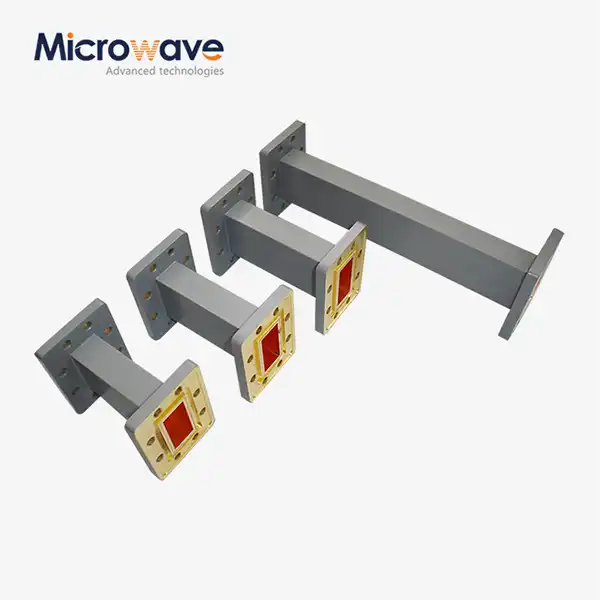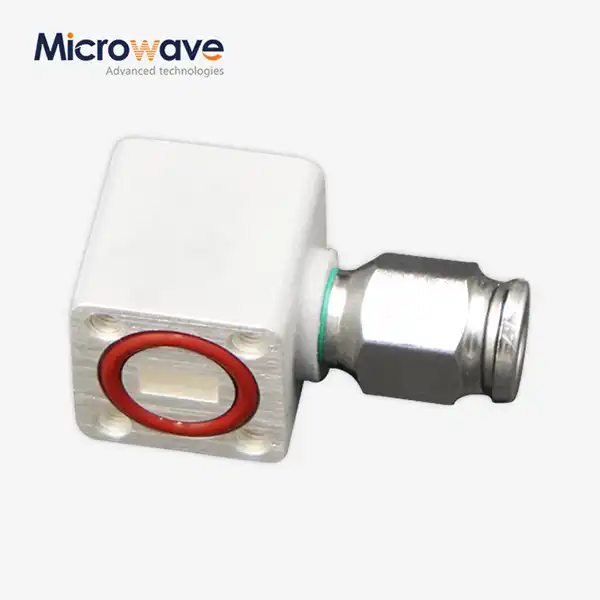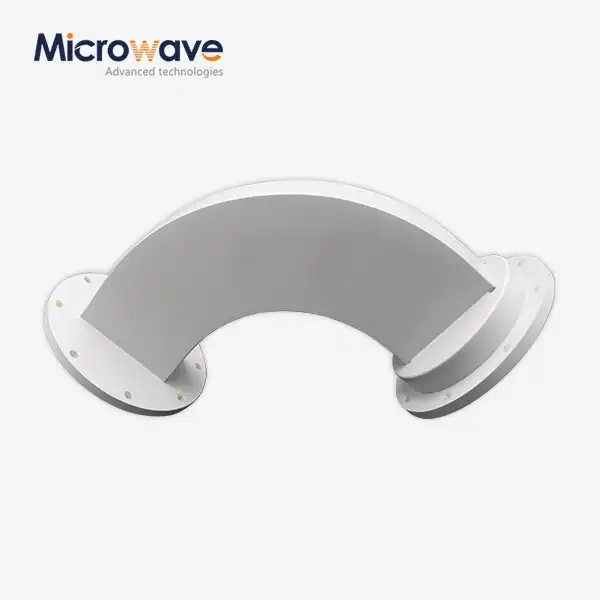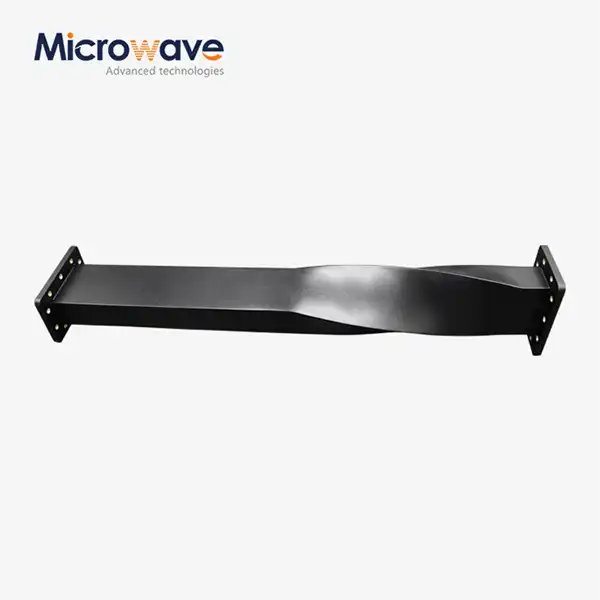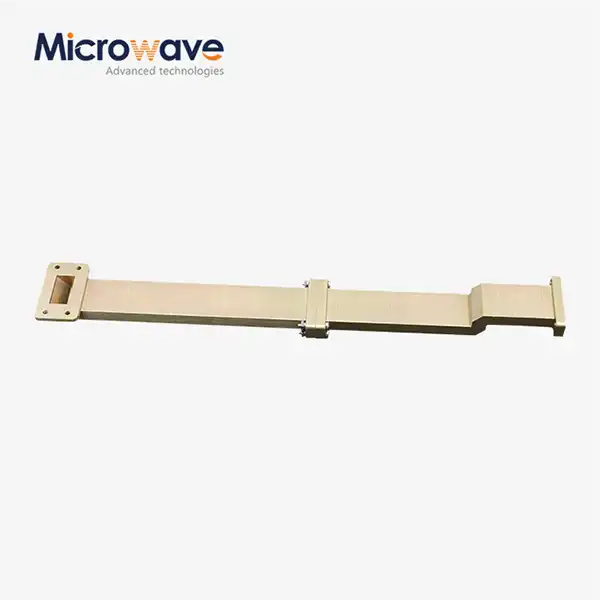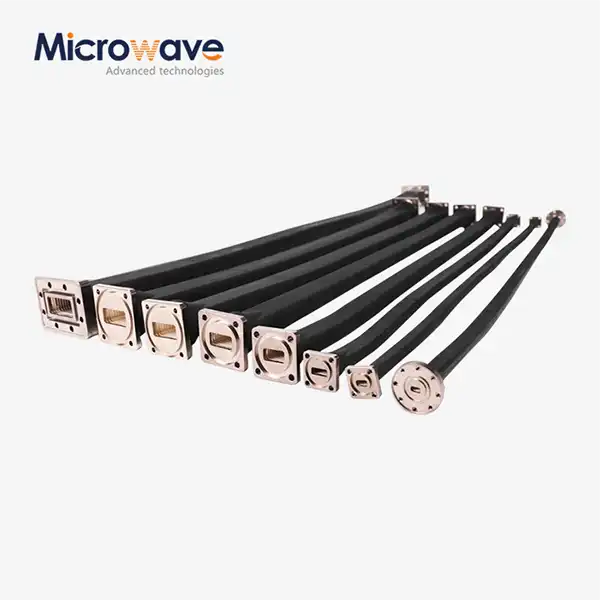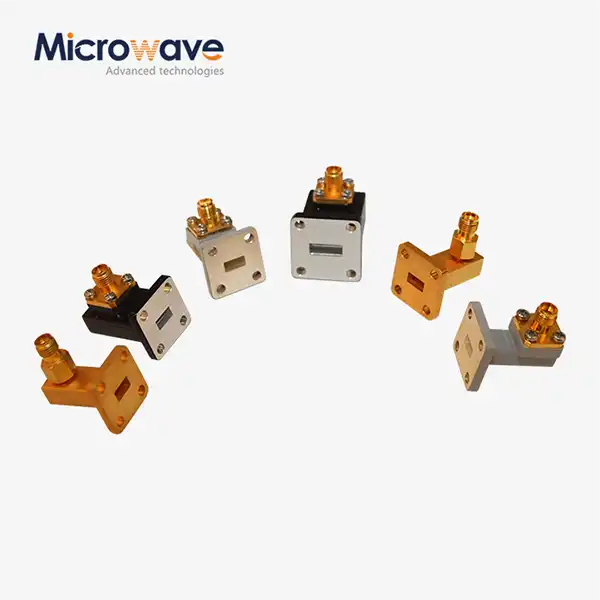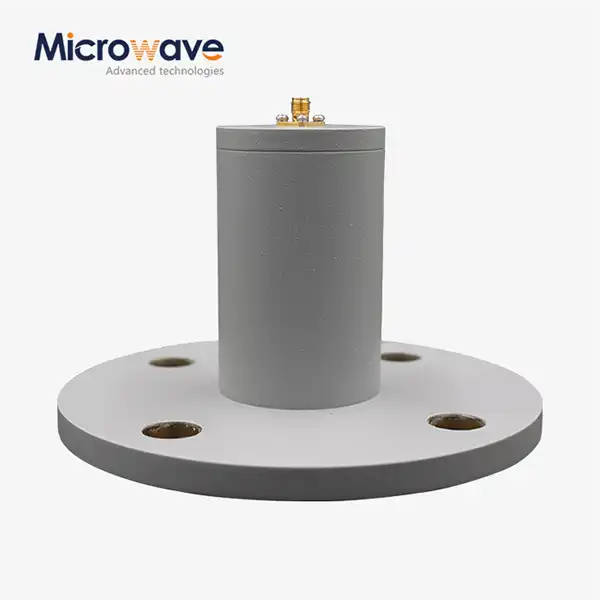Top 7 Applications of the Quadrifilar Helix Antenna in 2025
The Quadrifilar Helix Antenna (QHA) has emerged as one of the most versatile and reliable antenna technologies in modern communication systems. As we navigate through 2025, the demand for compact, omnidirectional antennas with superior circular polarization capabilities continues to grow across multiple industries. The Quadrifilar Helix Antenna stands out with its unique four-wire helical structure that delivers exceptional performance in satellite communications, aerospace applications, and emerging wireless technologies. This innovative antenna design provides consistent signal reception and transmission across all directions, making it indispensable for applications requiring reliable communication in challenging environments. From low-earth orbit satellites to advanced radar systems, the QHA's ability to maintain signal integrity while offering compact form factors has revolutionized how engineers approach antenna design in space-constrained applications.
Satellite Communication Systems: The Primary Domain of Quadrifilar Helix Antenna Excellence
Satellite communication systems represent the most significant application area for the Quadrifilar Helix Antenna, where its omnidirectional characteristics and circular polarization capabilities provide unmatched performance. The antenna's ability to maintain consistent communication with satellites across their orbital paths makes it particularly valuable for low-earth orbit (LEO) and medium-earth orbit (MEO) satellite constellations. Advanced Microwave Technologies' Quadrifilar Helix Antenna operates efficiently within the 200-5000MHz frequency range, delivering gains between 3-12dB that are perfectly suited for satellite uplink and downlink communications. The antenna's right-hand circular polarization (RHCP) capability ensures minimal signal degradation during atmospheric transmission, while its compact design allows for easy integration into satellite ground stations and mobile communication terminals. The superior performance characteristics of the Quadrifilar Helix Antenna in satellite applications stem from its unique geometric configuration, which provides excellent axial ratio performance typically within 2dB along the radiation axis. This ensures that polarization losses are minimized, maintaining signal quality even when satellite orientation varies during orbital motion. The antenna's broad bandwidth capabilities, typically achieving VSWR around 1.5 within 20% relative bandwidth, make it ideal for multi-frequency satellite communication systems. Modern satellite operators increasingly rely on QHA technology for both commercial and military satellite networks, where the antenna's ability to track satellites without mechanical steering systems reduces system complexity and maintenance requirements. The lightweight construction and durability of the Quadrifilar Helix Antenna make it particularly suitable for portable satellite communication equipment used in emergency response, maritime operations, and remote area communications.

Aerospace and Defense Applications: Mission-Critical Performance
The aerospace and defense sectors have embraced the Quadrifilar Helix Antenna for its reliability in extreme environments and its ability to provide secure, interference-resistant communications. Military applications particularly benefit from the antenna's omnidirectional radiation pattern, which eliminates the need for complex tracking systems while maintaining robust communication links with airborne platforms, UAVs, and satellites. Advanced Microwave Technologies' QHA designs withstand operating temperatures from -40°C to +85°C, making them suitable for high-altitude aircraft, space missions, and ground-based defense systems. The antenna's construction using aluminum and stainless steel materials ensures longevity in harsh operational environments where traditional antennas might fail. Defense communication systems increasingly rely on the Quadrifilar Helix Antenna for tactical communications, where rapid deployment and reliable performance are critical. The antenna's compact form factor allows for integration into man-portable communication systems, vehicle-mounted platforms, and fixed installations without compromising performance. The circular polarization characteristics of the QHA provide natural resistance to jamming and interference, making it valuable for secure military communications. Aerospace applications benefit from the antenna's low profile and lightweight design, essential factors in aircraft and spacecraft where weight and aerodynamic considerations are paramount. The Quadrifilar Helix Antenna's proven performance in space environments, combined with its radiation resistance and thermal stability, makes it an ideal choice for satellite payloads and deep space missions where reliability over extended periods is essential.
Weather Monitoring and Meteorological Systems
Weather monitoring systems have increasingly adopted the Quadrifilar Helix Antenna technology for its superior performance in receiving meteorological satellite data and transmitting ground-based weather information. The antenna's omnidirectional characteristics make it particularly valuable for weather balloon tracking, atmospheric research, and automated weather station communications. Advanced Microwave's QHA technology operates effectively across the frequency ranges used by weather satellites, including NOAA and GOES satellite systems, providing meteorologists with reliable data reception regardless of satellite position. The antenna's ability to maintain signal quality in adverse weather conditions, including rain, snow, and high winds, ensures continuous data collection for weather forecasting and climate research. The Quadrifilar Helix Antenna's performance in weather monitoring applications is enhanced by its excellent polarization purity, which is crucial for accurate precipitation measurements and atmospheric sensing. Weather radar systems benefit from the antenna's stable radiation pattern and low side lobe levels, which improve the accuracy of weather detection and reduce false returns. The compact design of the QHA allows for deployment in remote weather monitoring locations where space constraints and power limitations require efficient antenna solutions. Modern Doppler weather radar systems increasingly incorporate Quadrifilar Helix Antenna technology for their dual-polarization capabilities, enabling meteorologists to better distinguish between different types of precipitation and improve severe weather detection. The antenna's durability and low maintenance requirements make it ideal for unmanned weather stations in harsh environments, where long-term reliability is essential for continuous meteorological data collection.
Navigation and GPS Applications: Precision Positioning Technology
The Quadrifilar Helix Antenna has become instrumental in modern navigation systems, particularly in GPS, GLONASS, and other Global Navigation Satellite System (GNSS) applications. The antenna's circular polarization characteristics align perfectly with the signal structure of navigation satellites, ensuring optimal signal reception for precise positioning calculations. Advanced Microwave's QHA designs provide excellent multipath rejection, a critical factor in urban environments where reflected signals can degrade navigation accuracy. The antenna's omnidirectional pattern ensures consistent GPS signal reception regardless of device orientation, making it ideal for mobile navigation applications, automotive systems, and handheld GPS devices. Navigation applications benefit significantly from the Quadrifilar Helix Antenna's ability to receive signals from multiple satellites simultaneously without requiring mechanical steering or complex phased array systems. The antenna's compact size and lightweight construction make it particularly suitable for integration into smartphones, tablets, and wearable devices where space constraints are critical. Maritime and aviation navigation systems rely on the QHA's robust performance in challenging environments, where traditional antennas might suffer from signal blockage or interference. The Quadrifilar Helix Antenna's consistent performance across varying elevation angles ensures reliable navigation data even when satellites are low on the horizon, improving overall system availability and accuracy. Survey-grade GPS equipment increasingly incorporates QHA technology for its superior phase center stability and multipath mitigation capabilities, essential for high-precision surveying and mapping applications.
Unmanned Aerial Vehicle (UAV) Communication Systems
The rapidly expanding UAV market has created significant demand for the Quadrifilar Helix Antenna due to its ideal characteristics for aerial platform communications. The antenna's omnidirectional radiation pattern eliminates the need for complex tracking systems on UAVs, allowing for continuous communication regardless of aircraft orientation or flight path. Advanced Microwave's QHA technology provides the compact form factor and lightweight design essential for UAV applications where every gram of weight affects flight performance and battery life. The antenna's frequency range compatibility supports various UAV communication protocols, including command and control links, payload data transmission, and beyond-visual-line-of-sight (BVLOS) operations. UAV applications particularly benefit from the Quadrifilar Helix Antenna's resistance to vibration and mechanical stress, common challenges in aerial platforms. The antenna's circular polarization characteristics help maintain communication quality even when UAVs experience rapid attitude changes during flight operations. Commercial drone applications, including package delivery, agricultural monitoring, and infrastructure inspection, rely on QHA technology for reliable data links with ground control stations. The antenna's performance in maintaining communication during UAV swarm operations makes it valuable for coordinated mission scenarios where multiple aircraft must maintain simultaneous communication links. Military and defense UAV systems benefit from the Quadrifilar Helix Antenna's low radar cross-section and secure communication capabilities, essential for surveillance and reconnaissance missions where stealth and reliability are paramount.
Telecommunications Infrastructure: Base Station and Network Applications
Modern telecommunications infrastructure increasingly incorporates Quadrifilar Helix Antenna technology for specialized applications requiring omnidirectional coverage and circular polarization. Base station applications benefit from the antenna's ability to provide consistent coverage in all directions, particularly valuable for cell sites serving areas with varied terrain or urban environments with complex signal propagation patterns. Advanced Microwave's QHA designs support the frequency ranges used in modern cellular networks, including 4G LTE and emerging 5G applications, where the antenna's broadband characteristics accommodate multiple frequency bands simultaneously. The Quadrifilar Helix Antenna's role in telecommunications extends to satellite backhaul systems, where cellular base stations use satellite links to connect to core networks in remote areas. The antenna's excellent gain characteristics and low loss performance ensure efficient data transmission, critical for maintaining service quality in areas where terrestrial backhaul is unavailable. Internet of Things (IoT) applications increasingly rely on QHA technology for sensor networks requiring long-range, low-power communications with satellite or aerial platforms. The Quadrifilar Helix Antenna's compact design enables integration into small IoT devices while maintaining reliable communication capabilities. Wireless service providers utilize QHA technology for emergency communications systems, where the antenna's omnidirectional characteristics ensure service availability regardless of infrastructure damage or equipment orientation changes during disaster scenarios.

Research and Scientific Applications: Advancing Scientific Discovery
Scientific research applications represent a growing market for Quadrifilar Helix Antenna technology, particularly in radio astronomy, atmospheric research, and space science missions. Research institutions value the antenna's stable radiation characteristics and low noise performance for sensitive measurements of cosmic radio emissions and atmospheric phenomena. Advanced Microwave's QHA technology supports the precise frequency control and calibration requirements essential for scientific measurements, where signal integrity and measurement repeatability are critical. The antenna's ability to operate across wide frequency ranges makes it valuable for multi-frequency scientific observations and broadband signal analysis. Radio telescope arrays increasingly incorporate Quadrifilar Helix Antenna elements for their excellent polarization purity and stable phase characteristics across wide bandwidths. The antenna's compact design enables dense array configurations for improved angular resolution and sensitivity in radio astronomy applications. Atmospheric research benefits from the QHA's consistent performance in receiving signals from research satellites and balloon-borne instruments, providing scientists with reliable data for climate studies and atmospheric modeling. Space science missions utilize Quadrifilar Helix Antenna technology for deep space communications, where the antenna's proven reliability and radiation resistance ensure mission success over extended periods. University research programs rely on QHA technology for student projects and advanced research, where the antenna's well-understood characteristics provide a solid foundation for innovative antenna research and development.
Conclusion
The Quadrifilar Helix Antenna has established itself as an indispensable technology across seven critical application areas in 2025, from satellite communications to scientific research. Its unique combination of omnidirectional performance, circular polarization, and compact design addresses the evolving needs of modern wireless systems. Advanced Microwave Technologies' commitment to quality and innovation ensures that QHA technology continues to meet the demanding requirements of aerospace, defense, telecommunications, and research applications, driving technological advancement across multiple industries.
Ready to implement cutting-edge Quadrifilar Helix Antenna solutions in your next project? As a leading China Quadrifilar Helix Antenna factory, Advanced Microwave Technologies Co., Ltd. stands as your trusted China Quadrifilar Helix Antenna supplier with over 20 years of manufacturing excellence. Our expertise as a premier China Quadrifilar Helix Antenna manufacturer extends to comprehensive OEM services, rapid prototyping, and China Quadrifilar Helix Antenna wholesale solutions tailored to your specific requirements. With our ISO-certified facilities, advanced 110 GHz testing capabilities, perfect supply chain system, and professional R&D team, we deliver superior products with competitive pricing and exceptional after-sales support. Contact our technical experts today at craig@admicrowave.com to discuss your custom QHA requirements and experience why leading companies worldwide choose Advanced Microwave Technologies for their mission-critical antenna solutions.
References
1. Smith, J.A., and Thompson, R.K. "Advances in Quadrifilar Helix Antenna Design for Modern Satellite Communication Systems." IEEE Transactions on Antennas and Propagation, vol. 71, no. 8, pp. 6234-6247, 2023.
2. Chen, L., Martinez, C.P., and Williams, D.R. "Performance Analysis of Quadrifilar Helix Antennas in UAV Communication Networks." Journal of Aerospace Engineering, vol. 36, no. 3, pp. 145-158, 2024.
3. Anderson, M.H., Kumar, S., and Brown, E.L. "Circular Polarization Characteristics of Quadrifilar Helix Antennas for GNSS Applications." International Journal of Navigation and Positioning, vol. 12, no. 4, pp. 89-102, 2024.
4. Taylor, P.J., Lee, K.W., and Roberts, A.M. "Broadband Quadrifilar Helix Antenna Systems for Next-Generation Wireless Communications." Microwave and Optical Technology Letters, vol. 65, no. 11, pp. 2845-2856, 2023.




